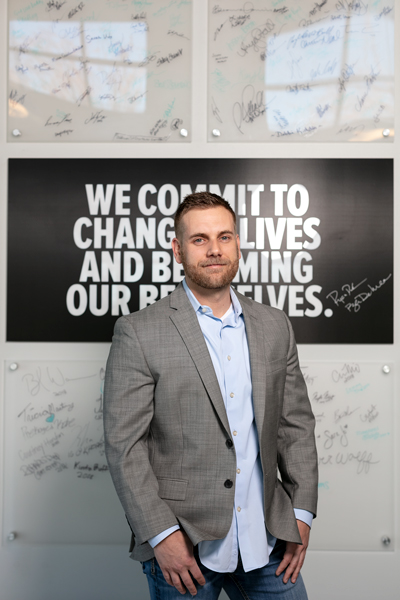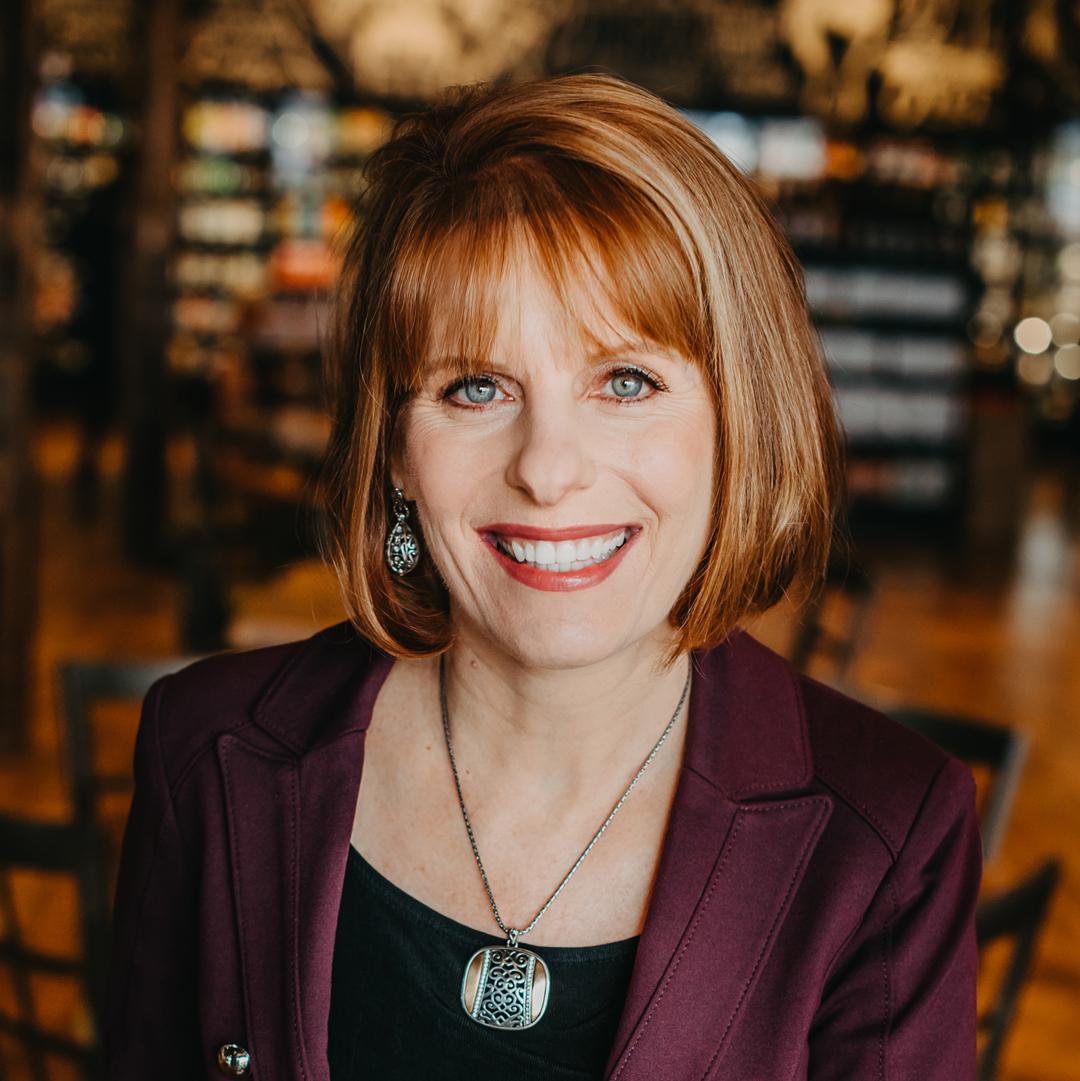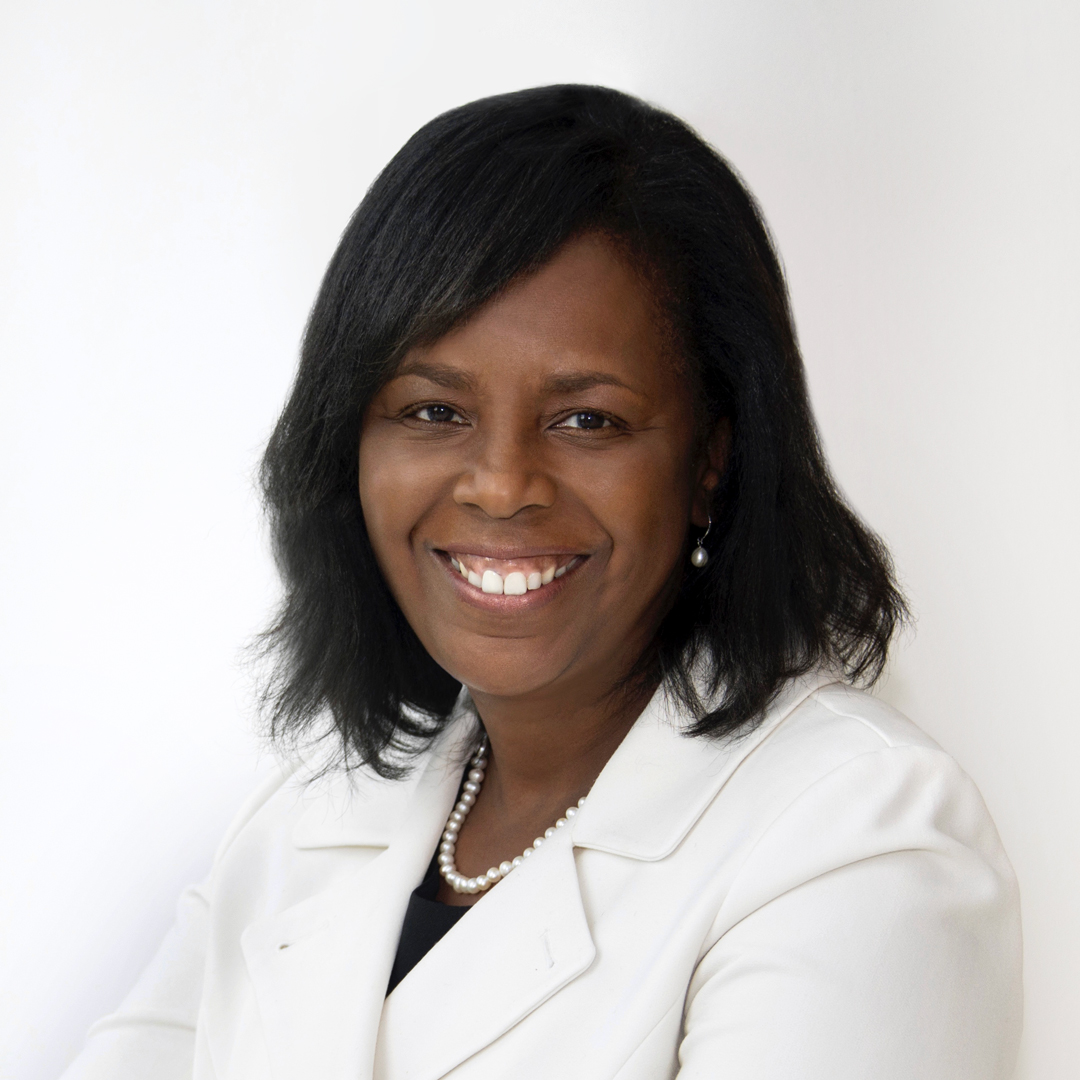Before going behind the scenes to help with the heavy lifting at Bodybuilding.com, Brandon Poe found the camera trained squarely on him. “I was actually one of the very first people to have a video series on the site many, many years ago, and I started off 100 percent as a fitness user of Bodybuilding.com,” Poe says.
“I’ve competed in eight different natural bodybuilding shows. I’ve done the diet. I know the mind-set. I know the impact fitness can have on your social life and work life. I’ve lived it,” he says. “And I think that’s what’s helped give me an angle on our users in really understanding what they go through—and not just the challenges but the successes, the outcomes, and how good it can feel when you achieve something.”
Now vice president of content operations, Poe’s role is to help Bodybuilding.com provide its ever-swelling user community with the tools and information it needs in order to achieve a diverse body of goals. “Fitness is personal and everyone’s journey is different. Our motto is ‘we tell stories.’ We want to be able to bring emotion and bring those stories to life,” he says. “But our main mission is to really, truly help people change and, in some cases, maybe even help them to save their lives.”

But he’s quick to add there’s no magic bullet. “Everybody has a body. Everybody wants to be healthy. But there’s not a prescription for developing the right content to help them do that. We can’t just say, ‘Hey, do [the ketogenic diet]’ and think everyone will have the same results. That’s not how it works,” Poe says. “So, for us, it’s about personalization. It’s about understanding our customer and being able to serve them the content that best suits them—not just for where they are currently, but for where they want to go.”
That same spirit of service also carries over to Poe’s approach toward team leadership. “I like to preach and practice what I call servant leadership. How I look at it with my team is that they don’t work for me; I work for them,” he says. “At the end of the day, yes, I’m in charge of digital publishing, but I’m really more of a master facilitator. My real job is to make sure my team is fully equipped, that they have the information they need to make informed decisions, and that they understand how things align with both their role and the business perspective.”
Since coming to the company nearly eleven years ago, Poe has worked tirelessly along with his team to infuse the fitness platform with innovative media. Having first joined Bodybuilding.com in 2008 when sites like YouTube were gaining prominence, Poe realized the company’s need for an evolved strategy around premium video content, which he set about pitching in every meeting. “Fast-forward to today, and we have over twenty people on our video production team alone,” Poe says.
“And it’s not just video. We also do editorials, tutorials, and have expert contributors and photographers. We’ve been able to build a team of the right people who are very smart and the best in their field.” These, he says, can be trainers, doctors, nutritionists, scientists, and other well-known industry gurus and professionals.
Poe’s team also draws on data gleaned from site interaction to help steer content in the right direction. “Our competitive advantage is that we have twenty years with an average of thirty to forty million unique visitors every month on our website,” he says. “Eighty percent of our traffic comes to engage in our content. They come to read articles about how to lift weights, lose weight, build muscle, take certain supplements, understand certain diets, or find expertise about training modalities. Based on how they’re engaging, we can make meaningful decisions and do everything we can to create content we know they’re asking for and not what we just think would be cool.”
And just like bulking up at the gym, Poe says the secret to successful content is actually not a secret at all. “It’s all about routine, repetition, and listening. At the end of the day, we’re a publisher. We’re a resource and, in a way, a library—one of the largest libraries of fitness information in the world. But we weren’t always the experts at it, and when we first started, we didn’t really know what worked well, so we did everything,” Poe says.
“We didn’t publish one muscle-building article. We published thousands of them in different ways, with different titles, different imagery, and different writers,” he says. “Over time, we were able to identify our audience and the best way to do something. And that’s how we’ve been able to grow to where we are today.”

